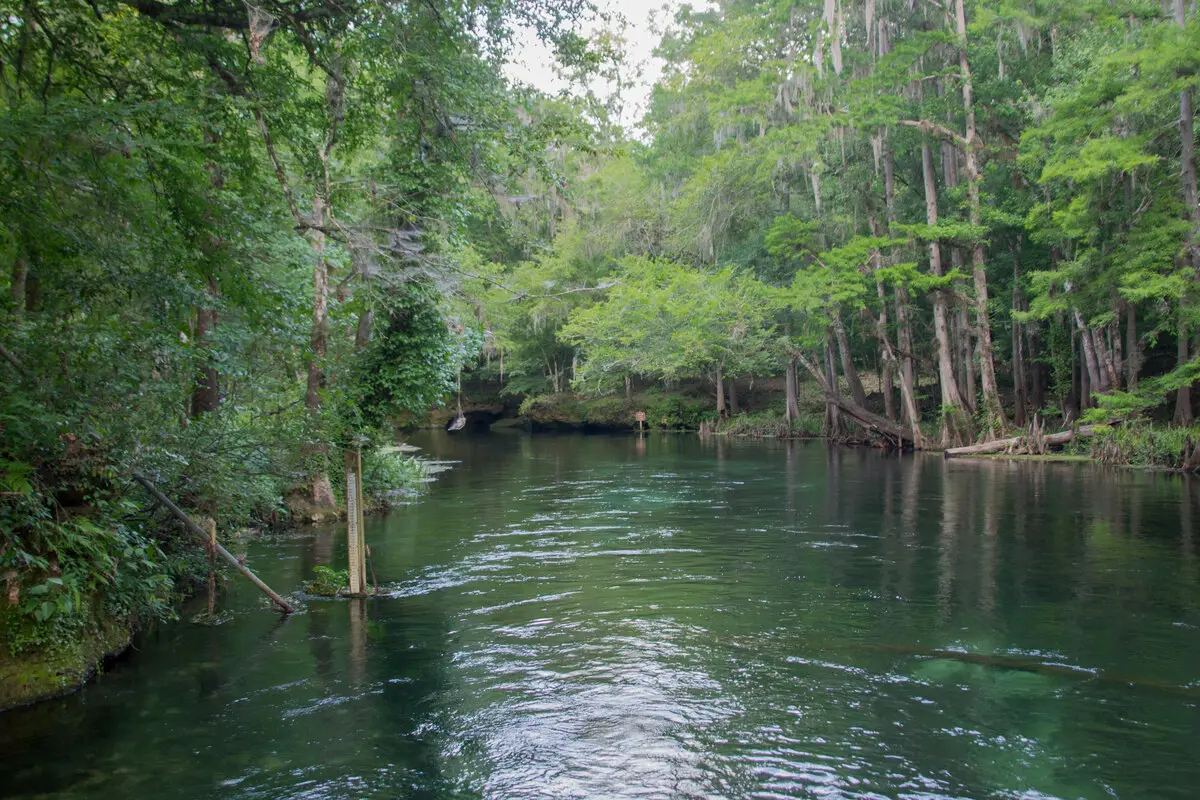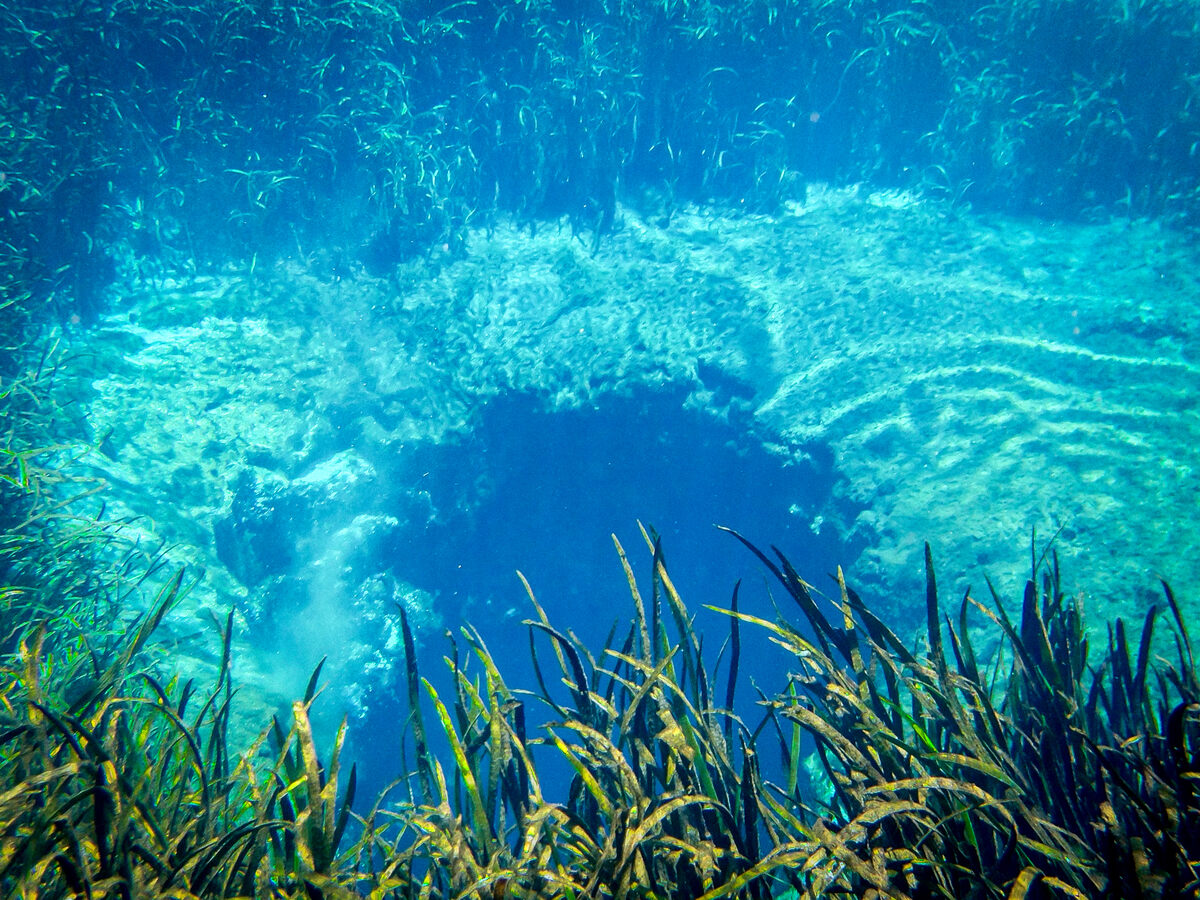World 🢖 North America 🢖 United States 🢖 Florida
Springs 🢔 Geological wonders 🢔 Categories of wonders
Wonder
Ichetucknee Springs
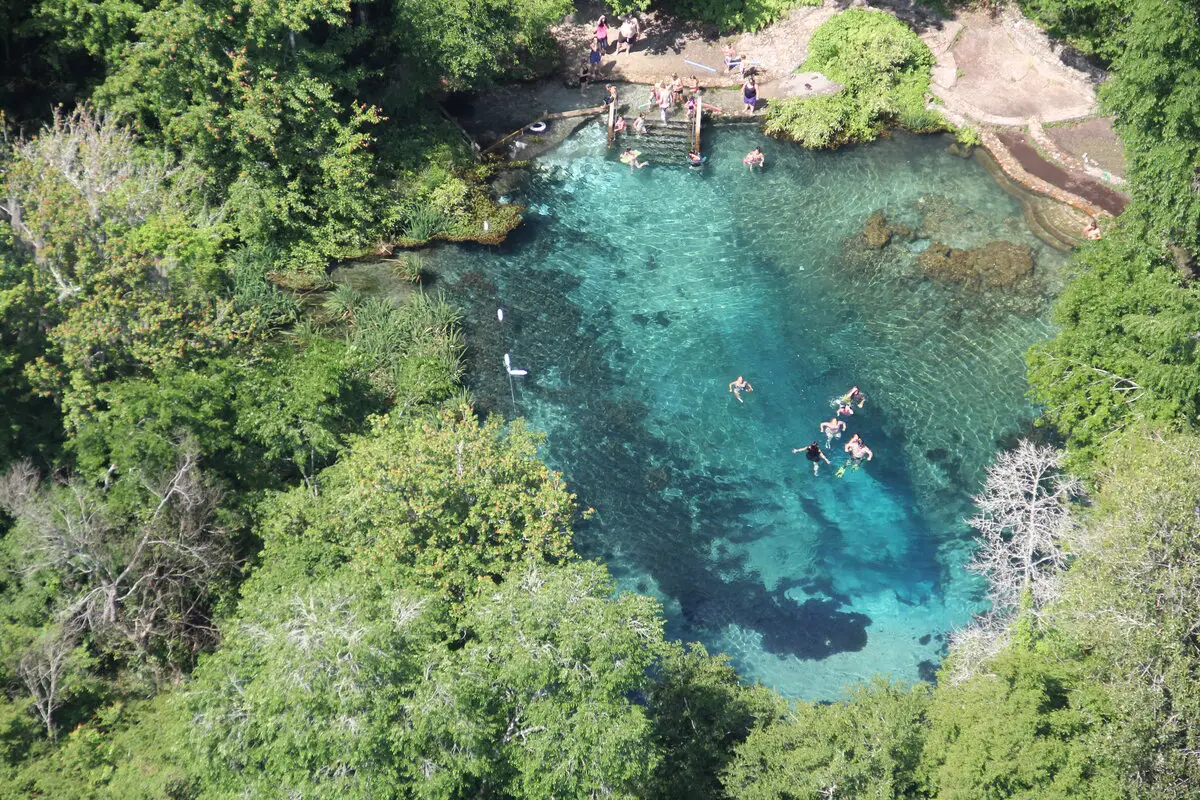
 In short
In short
A group of powerful springs forms the gorgeous, incomparable Ichetucknee River. In total Ichetucknee Springs produces some 10,194 l of clean water every second.
 35.5%
35.5%
GPS coordinates
Location, address
Average discharge
Map of the site
If you see this after your page is loaded completely, leafletJS files are missing.
 In detail
In detail
River of unusual beauty
Ichetucknee River is an approximately 10 km long river that falls into Santa Fe River. This is a fairly powerful stream that almost completely consists of unbelievably lucid and clean spring water.
The river flows along low limestone cliffs and is surrounded by beautiful hammocks – tropical woodlands. Further away from the river, the forest gives a place to wetlands. Forest is rich with life but even more interesting is the rich life in the river itself.
Today Ichetucknee Springs belongs to the most pristine large springs in Florida, but, in fact, the local ecosystem still is recovering from the recent human activities.
Short history of the area
The unusual (for Europeans) name of this location – Ichetucknee – comes from the Cree Indians. The opinion about its meaning is split between several versions: either it is “lumpy water” or “place of beavers”.
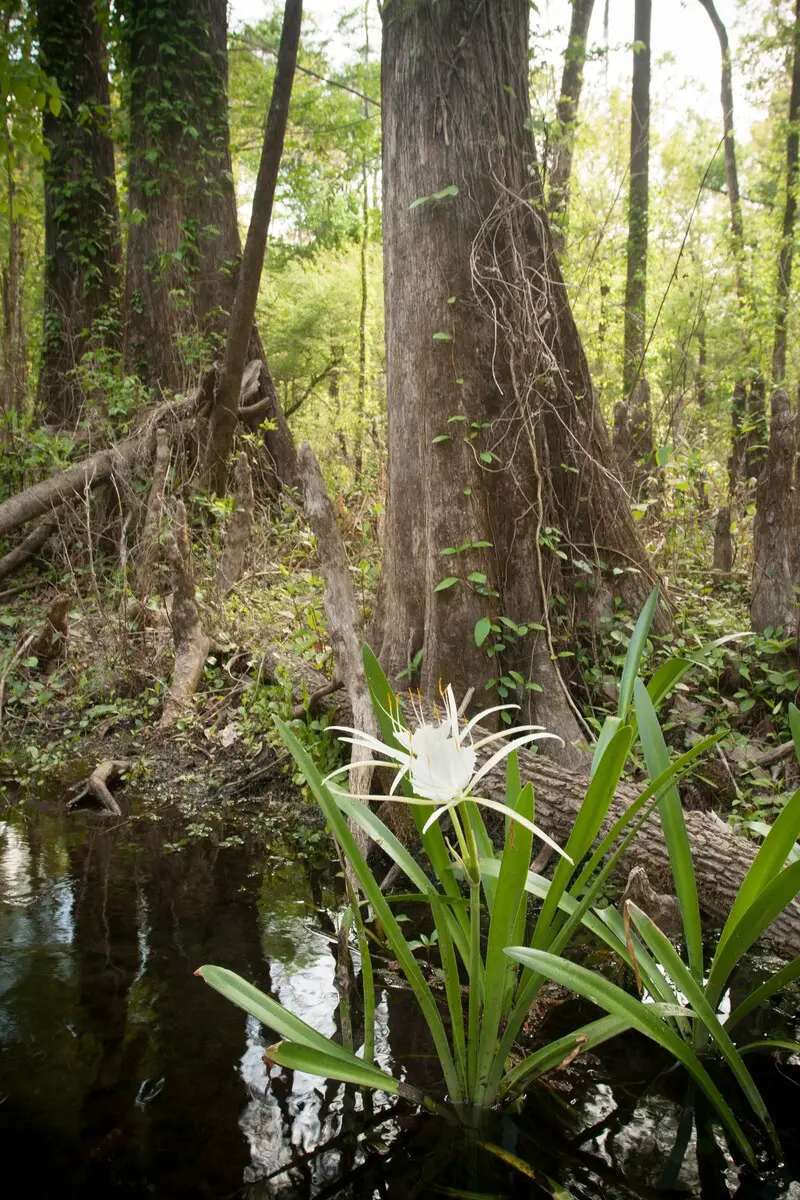
Similar to other great springs of Florida, in Ichetucknee Springs and river have been found artifacts of Paleoindians. Thousands of stone and bone artifacts as well as remnants of extinct Pleistocene animals were found on the bottom of the river in the 1920ies – 1930ies.
In 1608 near one of the springs (Roaring Spring or Mission Spring) was built a Spanish mission – San Martin de Timucua – that was an important outpost of Europeans throughout the 17th century.
In the 19th century started the use of local natural resources. North from the first – Ichetucknee Headsprings – started the mining of phosphates that continued well into the 20th century.
The beautiful old-growth forest was logged in the late 19th century and a saw-mill was built on one of the springs – Millpond Springs. Remnants of this mill are visible up to this day. Today the forest around the river is fairly young.
In the late 1960ies happened two things: first, the University of Florida students noticed that the tubing in Ichetucknee River is an excellent location for wild parties under the sky. These were crazy times with much alcohol, nakedness, and, in general, rowdy behavior, police interference, and… much garbage left in the shrubs and river.
But in these times was appreciated also the beauty of the river and its springs. The state of Florida purchased the land of the state park in 1970 from the Loncala Phosphate Corporation and a protected natural territory – Ichetucknee Springs State Park was established in 1972.
The area was cleaned of garbage for many years, but the increasing popularity of tubing the river deteriorated the ecosystem. After a long period of research and adjustments there were set maximum limits for visitors: now 750 people can start their drive every day from the Head Springs during the tourist season.
Try to be an early visitor before the crowds come: you will be rewarded!
Descriptions of the largest springs
Ichetucknee River is formed by multiple springs. Especially impressive are these eight springs:
- Ichetucknee Headspring – the first large spring, 2nd magnitude spring. It has formed a 31 by 26.5 m large basin that is up to 5.2 m deep. The powerful spring comes up from a fracture. Headspring is a popular swimming place.
- Cedar Head Spring – this comparatively smaller spring is in the forest several hundreds of meters southeast of Headspring. 3rd magnitude spring. There are some stumps of large cedars that were logged in the past. The spring pool is some 6.1 m wide and up to 1.8 m deep.
- Blue Hole Spring (The Jug) – the most powerful and, possibly, the most beautiful spring in this group. 1st magnitude spring with a flow rate of 2 695 l/s (February 2002 – September 2023, 3). It adjoins the stream of Cedar Head Spring at its junction with Ichetucknee River some 550 meters below the Headspring. This powerful spring has formed a 26.5 by 35.6 m wide spring pool that is 11.3 m deep. A powerful stream comes out from a deep-blue hole in the limestone, creating a boil even after rising through the 11 m layer of the spring pool.
- Roaring Spring is a 2nd magnitude spring in a small group of springs called Mission Springs. It flows from the left side some 520 m below the Blue Hole spring. This spring comes from a limestone cavern in the side of the spring pool, at the base of some 3.7 m high cliff. East from it was located the Spanish mission.
- Devil’s Eye Springs (Boiling Spring) – some 300 m further on the right bank is the next powerful 2nd magnitude spring with two impressive vents in the limestone, located some 37 m from each other. These vents form two joined spring pools.
- Grassy Hole Spring – this 2nd magnitude spring flows in the river from the left side some 550 m further.
- Millpond Springs are not too far, some 220 m further down the stream. These 2nd magnitude springs also flow in the river from the left side. The spring pool is some 6.1 by 42.7 m large, up to 1.2 m seep. Formerly this spring powered a saw mill – hence the name. Remnants of the mill still are there.
- Coffee Spring – this 3rd magnitude spring is on the right bank some 1.7 km further down the stream. The access to this spring is restricted.
References
- Springs of Florida (PDF file), Florida Geological Survey, Bulletin No. 66, 2004. Accessed on March 20, 2023.
- Florida Springs Map, Florida Springs. Accessed on March 20, 2023.
- Blue Hole Spring on the Ichetucknee. Suwannee River Water Management District, Water Data Portal. Last accessed on 9th September 2023.
 Linked articles
Linked articles
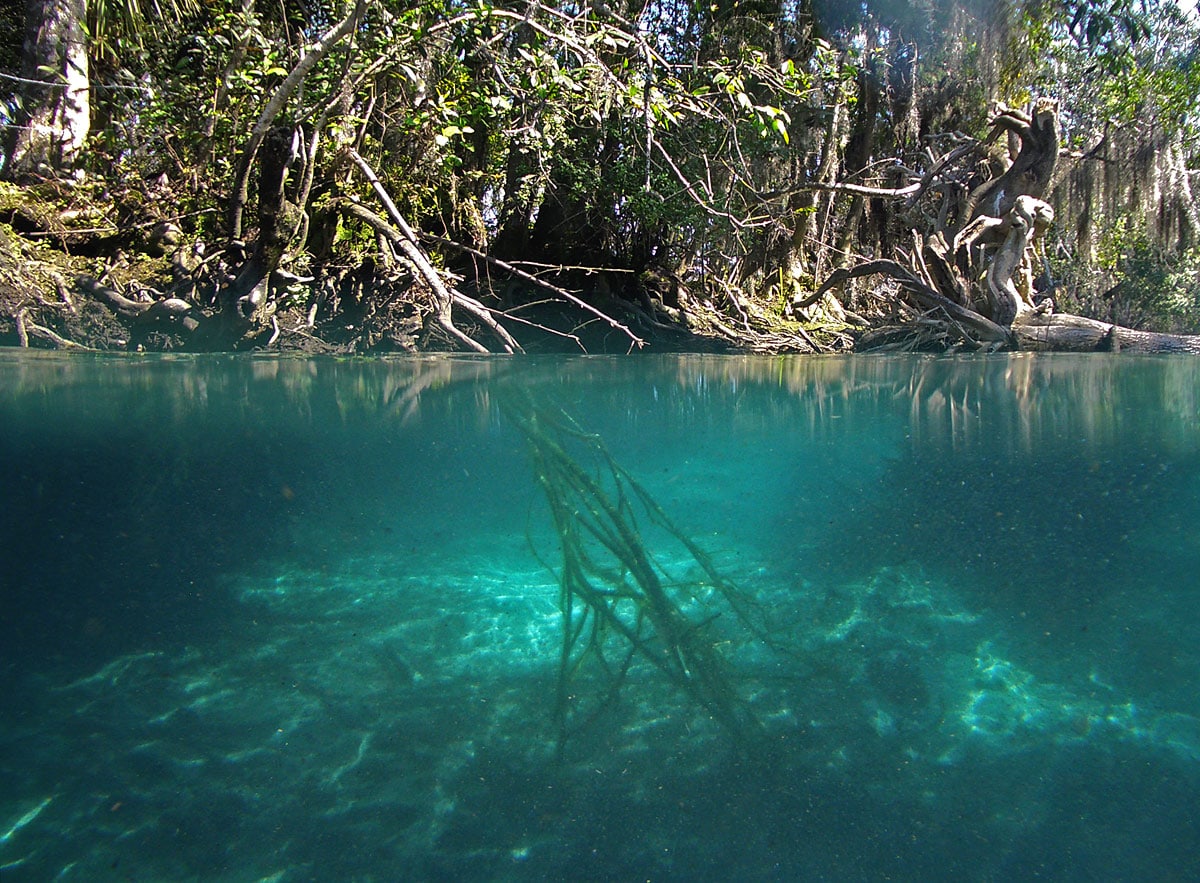
Springs
Powerful natural freshwater springs belong to the most fascinating monuments of nature. Even more exciting is the diversity of unusual springs – mineral springs, hot springs, submarine springs as well as the unusual black smokers. Especially beautiful are such natural rarities as travertine, silica, or salt terraces created by warm and hot springs and, especially, geysers.
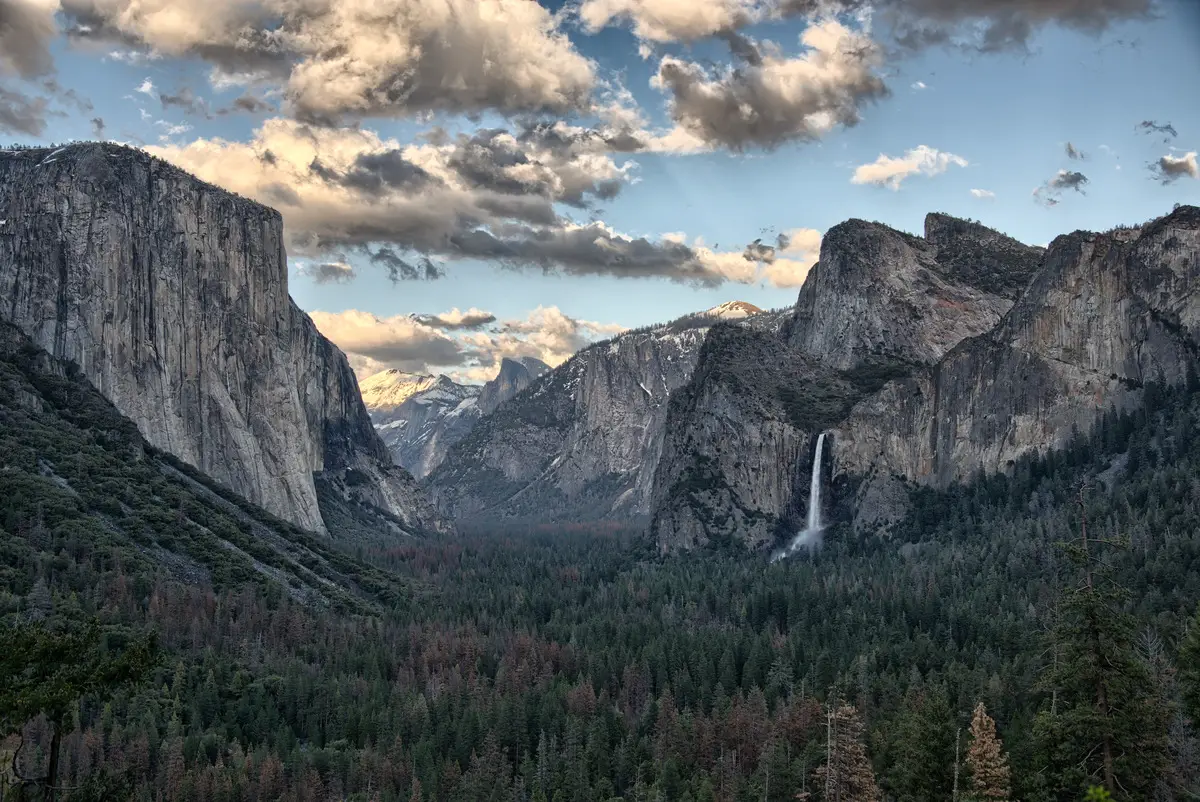
Wonders of the United States
The United States of America is one of the largest countries in the world and offers a wide array of diverse attractions: many are unsurpassed in the world. Highlights of the United States are cliffs, canyons, and rock formations, several impressive downtowns of cities with numerous skyscrapers as well as a rich array of geothermal features, and the giant forest of California.
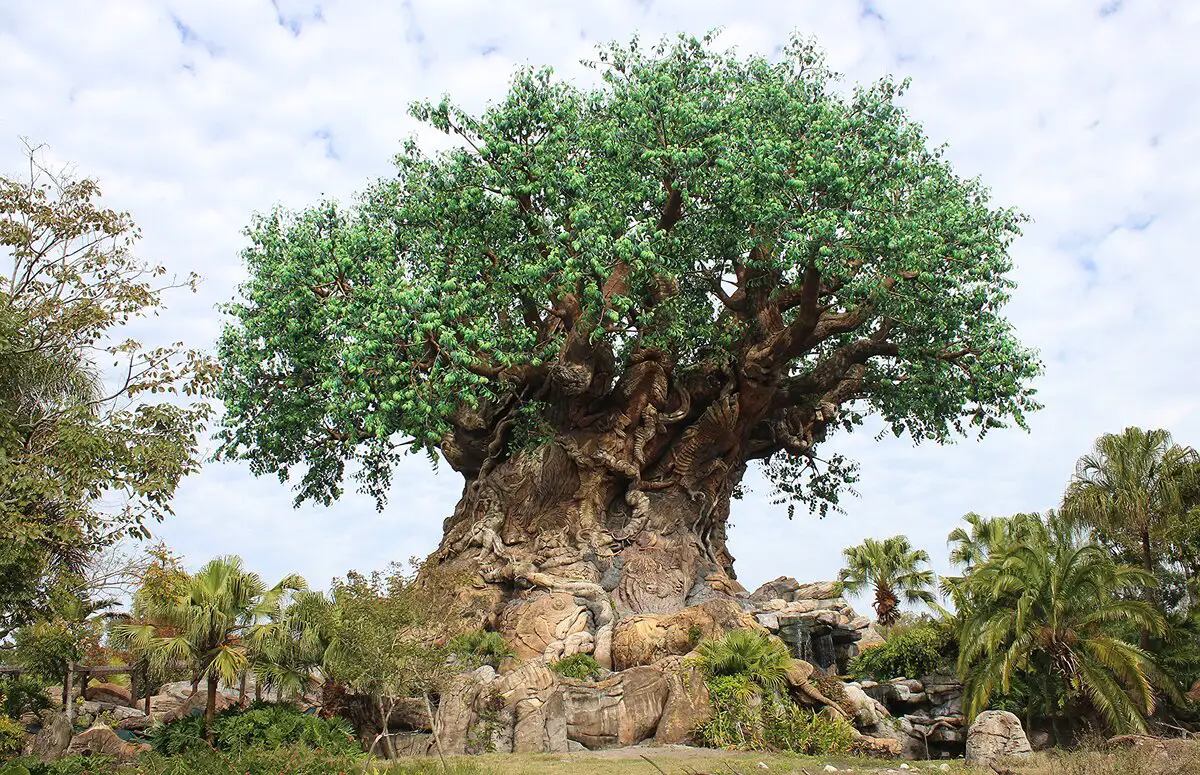
Wonders of Florida
Florida is the tropical paradise of the mainland United States. Over the last century, it has experienced fabulous changes, turning from a forgotten, swampy badland into a densely populated and rich land. Highlights of Florida include the architecture of the late 19th and 20th centuries as well as its giant springs and caves.
 Recommended books
Recommended books
Florida Natural Wonders: 101 Slices Of Heaven That You Can’t Miss When Visiting Florida
Are You Ready for a Breathtaking Experience Through the Heart of Florida, Exploring Its Most Famous Wonders and Attractions?
If you want a guide that will help you find the most beautiful spots in this gorgeous state, then keep reading because this is the book you were looking for!
A Map Guidebook to the Ichetucknee & Santa Fe Rivers
16 maps cover the Lower Santa Fe River from River Rise to its confluence with the Suwannee River, and the Ichetucknee River from the Headspring to its confluence with the Santa Fe River. Each map is accompanied by a text page breaking down every waypoint, its river mileage, and a detailed description of its features.

